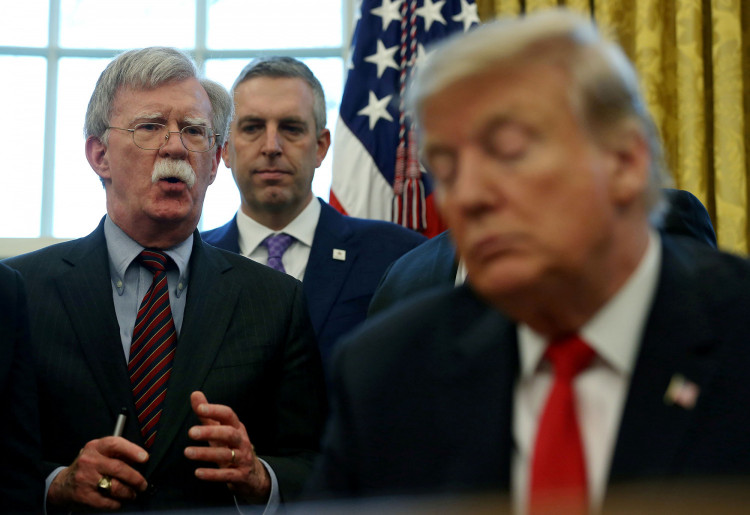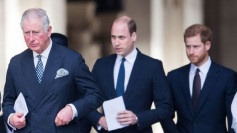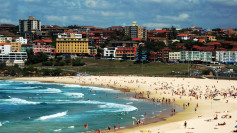U.S. President Donald Trump's failure to get North Korea leader Kim Jong-un to end his nuclear weapons program has led to that country becoming more dangerous than ever, says former national security adviser John Bolton.
Bolton says North Korea is more dangerous because of the progress it has made in its nuclear capabilities, including missiles. This was made possible by Trump's refusal to condemn North Korea for provocations he felt would jeopardize his denuclearization deal, Bolton says.
This allowed North Korea to speed up its ballistic missile program, he said. The most dangerous is the Hwasong 16, the world's largest road-mobile intercontinental ballistic missile. Kim revealed the missile during a military parade for the 75th anniversary of the Korean Workers' Party on Oct. 10.
"So, I do think it's more dangerous now because of the progress that North Korea has made," Bolton said on CNBC.
Trump held two summits with Kim - one in Singapore and the other in Vietnam. Both failed to get Kim to denuclearize. Trump wanted to encourage Kim to end his nuclear weapons program by dangling the prospect of an economic boom.
"The fact is that we wasted a lot of time with Trump's failed diplomacy with North Korea," according to Bolton.
"Rogue states need time to perfect their nuclear capabilities, their ballistic missile capabilities. That's what Kim Jong-un was doing," he said.
Democratic presidential nominee Joe Biden - if he becomes the next U.S. president - will face a tougher North Korea because of Trump's mistakes, Bolton said. North Korea will "be a tough play for a Biden administration."
Although still untested, the liquid-fueled Hwasong 16 increases the danger faced by the U.S. Hwasong 16 might be at least 26 meters long and some 2.9 meters in diameter, according to North Korea analysis website, 38 North.
These dimensions make it 2.5 meters longer and about 0.5 meters wider than Hwasong-15, North Korea's largest operational ICBM. It is believed it can deliver a nuclear warhead or warheads ranging from 2,000 kilograms to 3,500 kilograms to any target in the continental U.S.
"Largest road-mobile liquid-fueled missile anywhere, to be clear," tweeted Ankit Panda, senior fellow in the Nuclear Policy Program at the Carnegie Endowment for International Peace.






